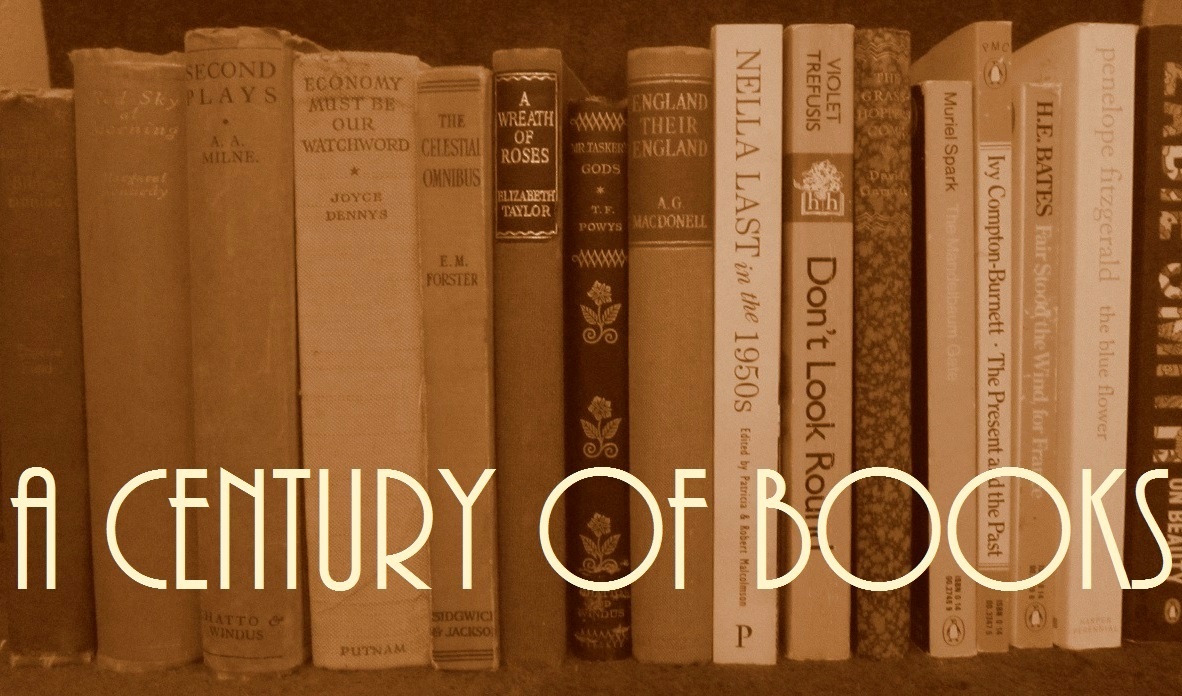Love’s Shadow by Ada Leverson ~ 1908. This edition: Bloomsbury, 2010. Softcover. ISBN: 978-1-60819-050-8. 225 pages.
My rating: 7.5/10. An enjoyable diversion; cleverly amusing; my only quibble is the abrupt ending, but there are two books which continue the story.
I found myself mentally running to keep up with these bright young (and not so young) things in the early days of the 20th Century.
Off to ABE I go, to scope out the sequel situation, though once there I know I will be seduced into searching for other more pressing desires – I still have a bit of a Margery Sharp wish list going on, and Elizabeth von Arnim, and I did want to pick up one or two of those as presents-to-myself for over-Christmas reading, in case the book parcels don’t stretch far enough; really promising books attract a line-up here, with all four of us elbowing each other out of the way. I prefer to majestically withdraw to peruse my back-ups; saves such effort and eases the crush!
But back to Edwardian London, and Ada Leverson’s romantic upper-class circle game.
*****
Love like a shadow flies
When substance love pursues;
Pursuing that that flies,
And flying what pursues.
~Shakespeare
Lovable Edith is married to dreadfully vain civil servant Bruce Ottley; she views her truly tiresome husband with a gently cynical eye and takes comfort in amusing herself with her adorable young son, conferring with her likeable and wise mother-in-law on how best to manage Bruce’s more obnoxious traits, and innocently dallying with her wealthier, socially superior, but truly nice and sweetly affectionate friend, the beautiful Hyacinth Verney.
As the story opens, Hyacinth is in the throes of an apparently hopeless passion for handsome and unreachable Cecil Reeve; Cecil is in romantic thrall to Mrs. Raymond, a widow ten years his senior. Hyacinth is in turn the focus of the unrequited love of a number of characters: her companion, the eccentric and emotionally tormented Anne Yeo; her elderly guardian, Lord Cannon (married to the majestically obtuse and perennially self-satisfied Lady Cannon); and even Edith’s snobbish husband Bruce. Edith has her own admirer, the exceedingly eccentric F.J. Raggett, who has been introduced into the household by Bruce for reasons I never was quite clear on.
Edith and Mr. Raggett:
‘What is your work, exactly?’ she asked, with polite interest.
‘It’s difficult to explain, Mrs Ottley. It takes a great many forms.’
‘Oh, yes.’
‘Just at this moment I’m a Legitimist – you understand, don’t you? We drink to Queen Mary over the water – and put violets on the statue of King Charles the Martyr in February, and so forth.’
‘Ah. That must be very hard work.’
‘Oh, it isn’t only that – I’m a kind of Secretary, you see, to the Society.’
‘Really? Really? What fun it must be; I mean how interesting. Can I belong?’
‘Oh, dear yes, of course, Mrs Ottley. If you like.’
‘What should I have to do?’
‘Well, first of all you would have to pay a shilling.’
‘Yes?’
‘And then you would be eligible for a year’s probation.’
‘And what should we do after that?’
‘Well, after that, you see, we shall have to bide our time.’
‘That doesn’t sound very hard,’ said Edith thoughtfully. ‘Just to pay a shilling and bide your time.’
‘I’ll send you some papers about it, if you really take an interest.’
‘Thanks. Thanks, very much. Yes, do send them.’
‘Do you really think you would care to become a member, Mrs Ottley?’
‘Oh, yes; yes, I should think so. I always hated Oliver Cromwell.’
He looked doubtful.
‘Yes, of course – but that alone, I’m afraid, would hardly be … you see there might be a revolution at any moment.”
Mrs. Raymond eventually spurns Cecil, who after much prodding by everyone finally sees the light and turns to court the receptive Hyacinth. Cecil’s wealthy and eccentric aristocratic uncle, Lord Selsey, then decides to capture Mrs. Raymond for himself, as he feels she would be a suitably low-maintenance companion and a willing custodian for his extensive art collection.
By the end of the novel we have a marvelous appreciation of the way in which Edith Ottley is coping both with awful Bruce and persistent Mr. Raggett; Hyacinth and Cedric are married and are fighting their way through the inevitable jealousy engendered by the Cecil’s still-existing Mrs. Raymond infatuation; Mrs. Raymond, now Lady Selsey, does the decent thing and withdraws from the scene by taking her new husband on a year-long visit to the Greek islands; Lord Cannon is managing his tiresome wife with continued aplomb; and Anne Yeo, my own personal favourite of all of the characters, has decided to take her bruised heart away with her to an unknown country; our last view of her is as she is heading to Cook’s; she has decided to emigrate.
Scads of loose ends dangle; perfectly set up for a continuation of the farce.
Followed by Tenterhooks (1912) and Love at Second Sight (1916); the trilogy was also published in a Virago omnibus edition, The Little Ottleys, in 1982.








I came across this in a used-book store, in a Virago edition – I can never resist those green spines. I was intrigued to read about her connection with Oscar Wilde, whose plays I read for the first time this year.
Interesting connection, isn’t it? I hadn’t ever heard of this author before, until someone recommended her to me earlier this year.
Not my usual fare either, but I’d love to follow up with the remaining trilogy. Perhaps some day!
I’ve looked on ABE & noticed quite a few of the omnibus Viragos for really decent prices, so might add one of those to an order at some point. No rush, but I would like to follow up on the characters some day.
Lovely review! I’d forgotten how great Anne was. I’d forgotten an awful lot about it, actually… you should get the omnibus and read them before, like me, you forget all the essentials!